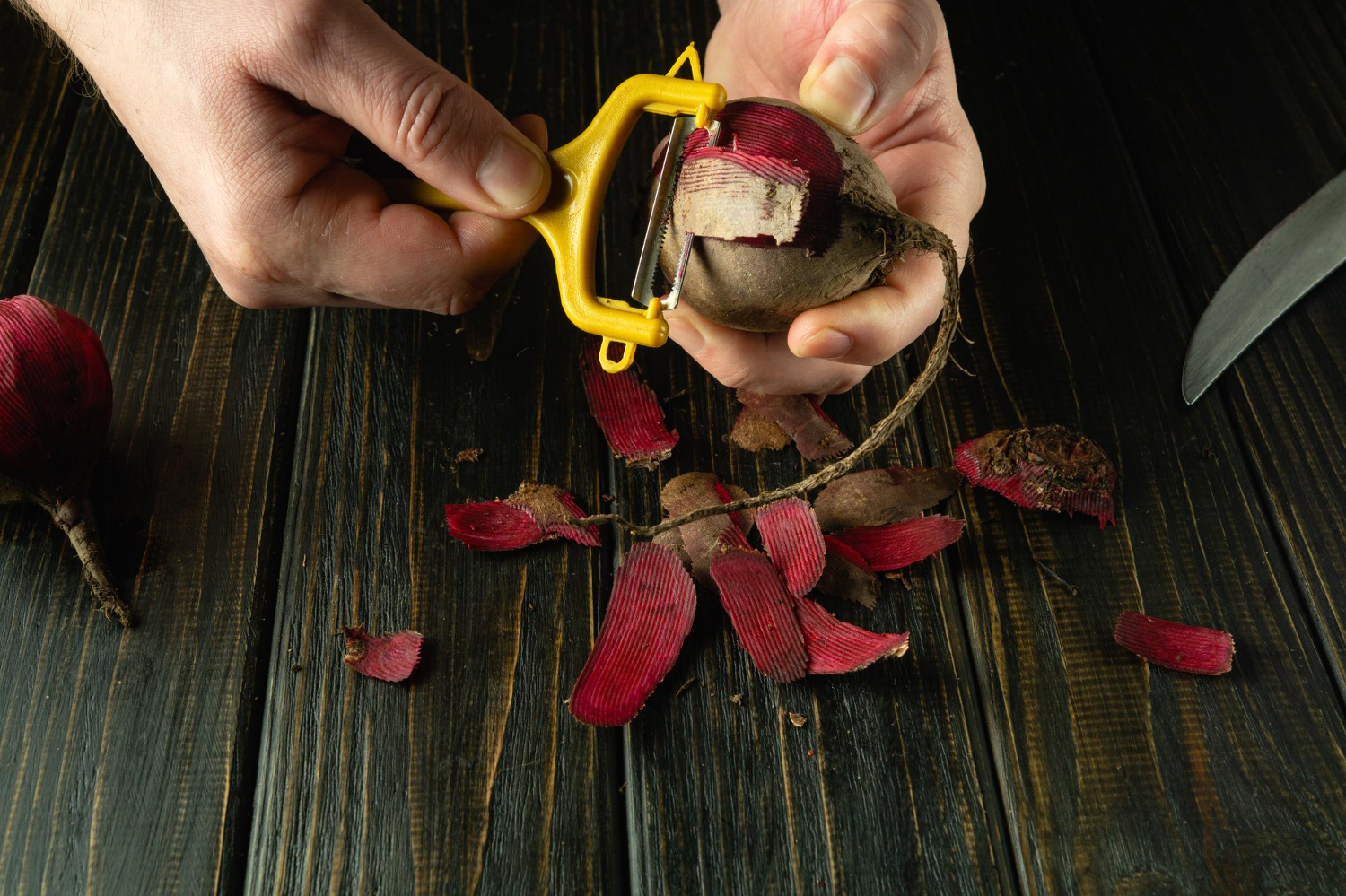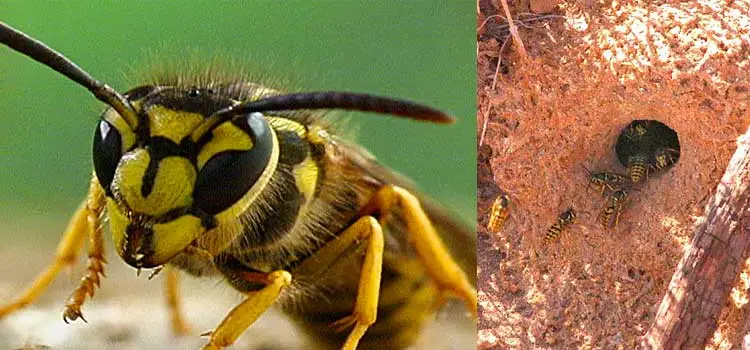The Curiosity Around Edible Plants
Have you ever wondered whether that beautiful houseplant sitting on your windowsill is more than just a decorative piece? You’re not alone. There’s a growing trend among plant enthusiasts and health-conscious individuals to explore the edible potential of various plants.
Finding new, nutritious, and tasty additions to our diets can be exciting, and the quest for alternative edibles is gaining momentum.
Introducing Epiphyllum hookeri
One plant that often piques curiosity is Epiphyllum hookeri, commonly known as the Orchid Cactus or Lady of the Night.
Known for its magnificent nocturnal blooms, this plant has captivated many hearts. But beyond its striking appearance, a common question arises—can you eat Epiphyllum hookeri? Let’s dig deeper to find out.
What is Epiphyllum hookeri?
Description
Epiphyllum hookeri, or the Orchid Cactus, is a captivating plant known for its large, fragrant flowers that typically bloom at night. These flowers are white and tubular, adding an exotic flair to any home. Its flat, green stems are another distinguishing feature, often mistaken for leaves.
Natural Habitat
This intriguing plant is native to tropical rainforests in Central and South America. It’s an epiphytic plant, meaning it naturally grows on other plants, such as trees, without drawing nutrients from them. Instead, it absorbs moisture and nutrients from the air and rain, thriving in humid, shaded environments.
Can I Eat Epiphyllum hookeri?
Straightforward Answer
Yes, parts of Epiphyllum hookeri are edible. However, it’s essential to know which parts are safe to consume and how to prepare them properly.
Edible Parts
The fruits of Epiphyllum hookeri are the primary edible part. These fruits are often compared to dragon fruits due to their similar appearance and texture. Some enthusiasts also experiment with the flowers, using them in culinary dishes.
Benefits of Eating Epiphyllum hookeri
Nutritional Benefits
While specific nutritional data on Epiphyllum hookeri is limited, similar cacti fruits are known to be rich in vitamins, antioxidants, and dietary fiber. Consuming these fruits can contribute to better digestion, improved immunity, and overall wellbeing.
Cultural Significance
In certain Central and South American cultures, Epiphyllum species have been used in traditional medicine and cuisine. The fruits are sometimes consumed for their refreshing taste and potential health benefits, making them a cherished natural resource.
How to Eat Epiphyllum hookeri
Preparation Tips
Eating Epiphyllum hookeri’s fruit is relatively straightforward. Rinse the fruit thoroughly, cut it open, and scoop out the flesh. You can enjoy it fresh, add it to fruit salads, or blend it into smoothies for a tropical twist.
Tasting Experience
The fruit of Epiphyllum hookeri is mildly sweet with a texture similar to dragon fruit. It offers a pleasant, refreshing taste, making it a delightful addition to your culinary repertoire.
Other Edible Parts of Epiphyllum Species
Epiphyllum Fruits
Beyond Epiphyllum hookeri, other Epiphyllum species also produce edible fruits. These fruits are generally juicy, slightly sweet, and packed with nutrients, making them a healthy and delicious option.
Comparison with Dragon Fruit
Epiphyllum fruits and dragon fruits (Selenicereus undatus) share many similarities, including their appearance and taste. However, dragon fruits are more commonly found in supermarkets, whereas Epiphyllum fruits offer a unique, less commercialized alternative.
How to Grow and Harvest Edible Epiphyllum
Growing Tips
Growing Epiphyllum hookeri at home is a rewarding experience. Place the plant in a well-draining potting mix and ensure it receives indirect sunlight. Water it moderately, allowing the soil to dry out between waterings to prevent root rot.
Encouraging Blooms
To encourage abundant blooming, provide your Epiphyllum with the right conditions. Maintain high humidity levels, and consider using a humidity tray. Fertilize the plant during the growing season with a balanced fertilizer to promote healthy growth.
Harvesting
Harvesting the fruits of Epiphyllum hookeri requires patience. Allow the fruits to mature fully on the plant before picking them. They should be firm yet slightly yielding to the touch. Use clean shears to cut the fruit, and handle it gently to avoid bruising.
Conclusion
Exploring the edibility of Epiphyllum hookeri opens up a world of culinary possibilities. From its mildly sweet fruit to its delicate flowers, this plant offers more than just visual appeal. By understanding its nutritional benefits and learning how to grow and harvest it, you can enjoy a unique and healthful addition to your diet.
If you’re curious to try more exotic edibles or need expert advice on growing your own Epiphyllum, consider reaching out to plant experts or joining a community of fellow enthusiasts. Embark on this flavorful adventure and discover the joys of integrating Epiphyllum into your culinary and gardening practices. Happy tasting!
FAQs
Can Epiphyllum Flowers Be Eaten?
Yes, the flowers of Epiphyllum species are edible. They can be used in salads or as a garnish, adding a unique visual and flavor element to your dishes.
Is the Fruit of the Epiphyllum Cactus Edible?
Absolutely. The fruit of Epiphyllum cacti is not only edible but also nutritious. It’s a great addition to a healthy diet, offering a unique taste experience.
Is Epiphyllum the Same as Dragon Fruit?
While Epiphyllum and dragon fruit belong to the same family, they are different plants. Dragon fruit, or pitaya, is a member of the genus Selenicereus, whereas Epiphyllum is a separate genus. Despite their differences, their fruits share similar textures and flavors.
How to Eat Curly Sue Fruit?
Curly Sue is a cultivar of Epiphyllum hookeri guatemalense. To enjoy its fruit, simply cut it open and scoop out the flesh. The taste is mildly sweet, making it a refreshing snack on its own or a delightful addition to fruit salads and desserts.








